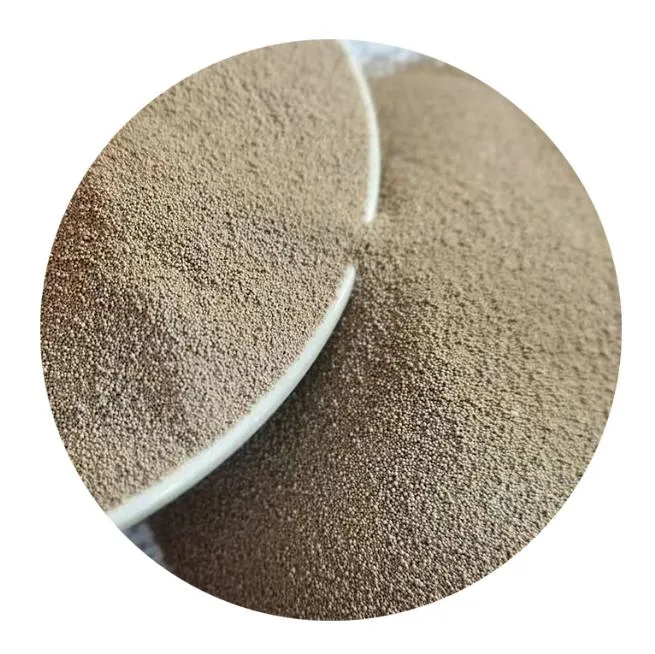

A noteworthy attribute of sand casting is its ability to maintain integrity and performance under high-temperature conditions. Many alternative processes cannot withstand the significant thermal demands posed by certain metals, which limits their application. Sand casting, however, remains unperturbed by such challenges, thus finding extensive application in industries where high thermal stability is a critical requirement, such as in the production of engine blocks or turbine blades. Furthermore, sand casting supports sustainability initiatives, an increasingly significant aspect in contemporary manufacturing. The sand used in the process can often be recycled or reclaimed for future casting operations, minimizing the environmental footprint. This reuse not only conserves resources but also aligns with the growing trend towards eco-friendly production practices. Despite the myths surrounding modern manufacturing techniques, sand casting remains indispensable due to these unique advantages. Its ability to produce high-quality, durable, and complex parts at a competitive cost, coupled with its flexibility in material choice and ability to support sustainable practices, underscores its role as a reliable manufacturing process. As industries continue to evolve, driven by technological advancements and heightened sustainability demands, sand casting assures a balance between traditional and modern values, cementing its place in the future of manufacturing. In conclusion, the ongoing relevance of sand casting in today's manufacturing landscape is a testament to its unparalleled capabilities and adaptability. For businesses seeking an efficient, versatile, and cost-effective solution for metal component production, sand casting remains a process that epitomizes the convergence of time-honored tradition and modern ingenuity. Whether producing a small batch of custom parts or undertaking mass production of standard components, the method continues to serve as a pivotal choice in machining, upholding its esteemed status amidst the ever-advancing world of manufacturing technologies. Post time:កុម្ភៈ . 05, 2025 02:20
Next:when was sand casting invented
